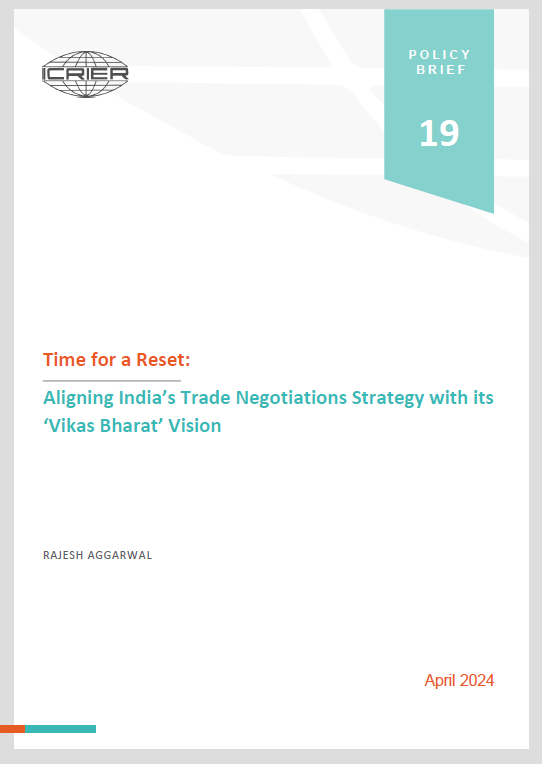
India suffers a food loss of about Rs. 1.53 trillion (USD 18.5 billion) every year as per the latest large-scale study conducted by NABCONs during 2020 to 2022. Reducing post-harvest losses (PHL) is much more cost effective and benign to nature’s basic resource endowment, namely soil, water, air, and bio-diversity than producing more and losing more. This policy brief goes beyond the quantitative loss and put forward a pioneer effort to estimate both quantitative and qualitative losses for paddy in Madhya Pradesh, Bihar, and Punjab, and for wheat, maize, and soybean in Madhya Pradesh based on primary survey of 1200 farmers. While at farmer level, mechanization and use of proper storage techniques are crucial to reduce losses, it is imperative for the government to reduce losses in the grain management at the center and state levels as well, during the process of procurement, storage, and distribution. In this regard, the policy brief also analyses factors of losses in the food grain management system in India through secondary data analysis and case studies of different storage types and the role of private investment in storage infrastructure to reduce post-harvest losses.





